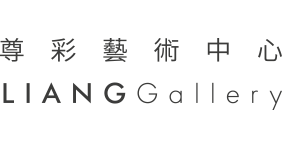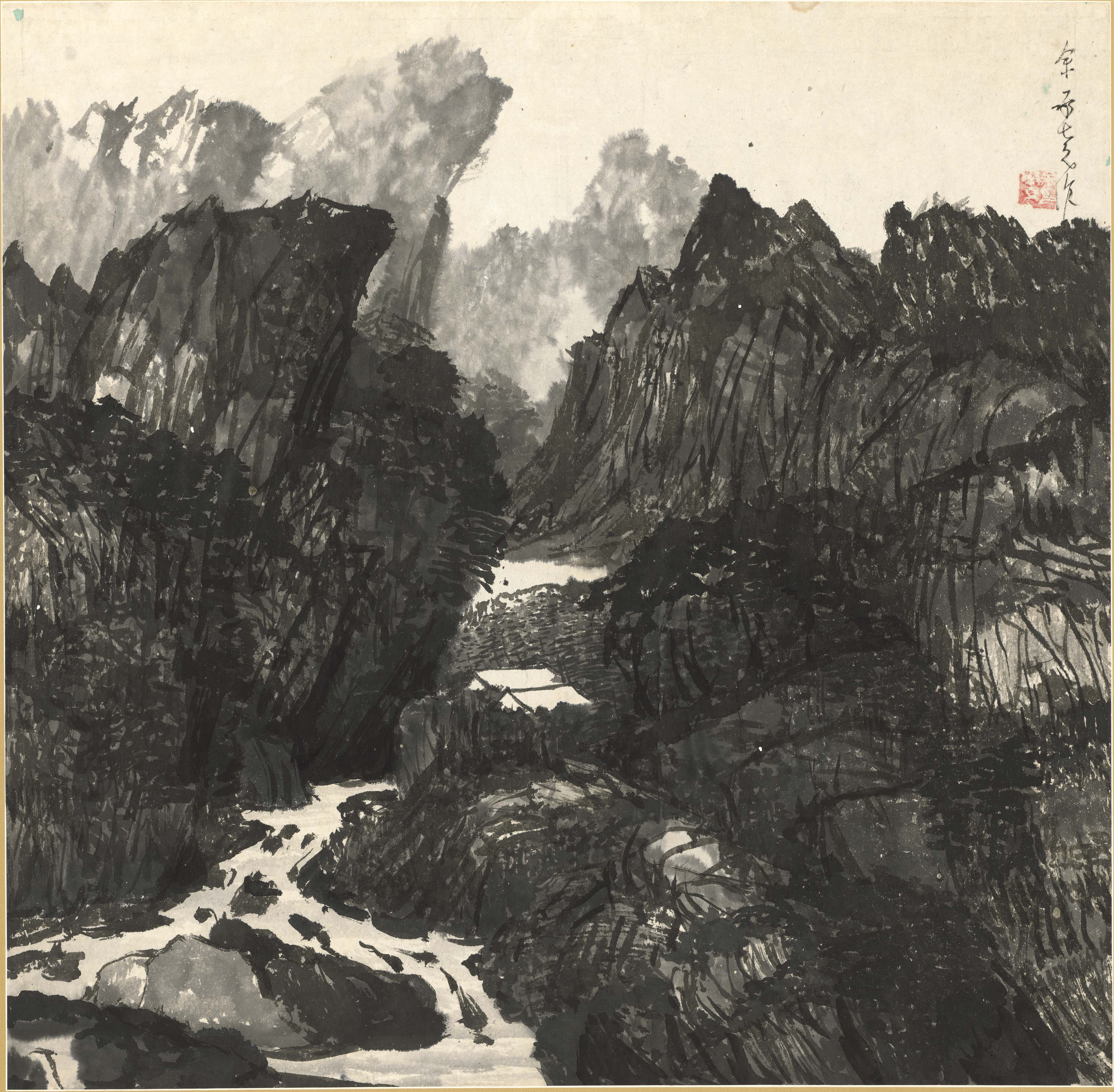Yu Cheng-Yao (1898-1993) stands as one of the most significant innovators in 20th-century Chinese ink painting, pioneering new artistic perspectives in modern landscape painting. Born into a literati family in Yongchun, Fujian, his artistic journey intertwined deeply with the transformative events of his era. After initially enrolling at Waseda University in Japan in 1920, he transferred to the Imperial Japanese Army Academy, driven by his patriotic ideals. Upon returning to China in 1923, he began teaching at the Whampoa Military Academy, embarking on a military career that would span over two decades, rising from lieutenant colonel to lieutenant general. During these years of military service, he traversed China extensively, developing an exceptional understanding of topography and a keen eye for observation. This experience among strategic military locations and magnificent landscapes provided him with rich insights into natural scenery and profound aesthetic sensibilities. Following his arrival in Taiwan with the Nationalist government in 1949, Yu Cheng-Yao began focusing on artistic creation in 1954, gradually developing a distinctive artistic style that bridged traditional and modern aesthetics.
Yu Cheng-Yao’s artistic achievements extend beyond painting to encompass his deep understanding and promotion of Chinese traditional culture. During his studies in Japan, a chance encounter with Nanguan music (traditional Minnan music) left him profoundly impressed by how this ancient Chinese art form was revered abroad, inspiring his lifelong dedication to its promotion. He firmly believed that music should be the foundation of all arts, serving to cultivate moral character and unlock true artistic understanding. This passion for traditional culture, combined with his deep knowledge of classical poetry, shaped his unique artistic style. His landscape paintings not only captured the magnificent vistas witnessed during his military years but also integrated the poetic sensibility of the literati and the rhythm of music. Through meticulous technique and his expertise in military topography, he created an artistic language that was both realistic and poetic, studying and interpreting nature to forge new pathways in modern Chinese ink painting.
In the 1970s, Yu Cheng-Yao completed several of his most significant works, including “The Eternal Yangtze" and “Eight-Panel Landscape." In 1966, he participated in a U.S. touring exhibition alongside Liu Kuo-sung, Chuang Che, and Chen Chi-kwan, introducing Taiwan’s modern ink painting to international audiences. His first overseas solo exhibition was held at the China Culture Center in New York in 1977. It wasn’t until 1986, at the age of 88, that he held his first solo exhibition in Taiwan at the Xiongshi Gallery, followed by another at Hong Kong City Hall the next year. In 1988, the National Museum of History in Taipei organized a retrospective exhibition, while Hanart TZ Gallery presented an exhibition of his more recent works. His artistic achievements continue to be celebrated, with major exhibitions including “Masterpieces of Yu Cheng-yao: Landscape" at Asia University Museum of Modern Art in 2013 and “A Heart-warming Glance: Calligraphy and Paintings by Yu Cheng-yao" at the National Museum of History in 2015.
His works are now in the collections of prestigious institutions including the National Museum of History, National Palace Museum, National Taiwan Museum of Fine Arts, Taipei Fine Arts Museum, Kaohsiung Museum of Fine Arts, and Harvard Art Museums, affirming his significant position in the development of modern ink painting.

